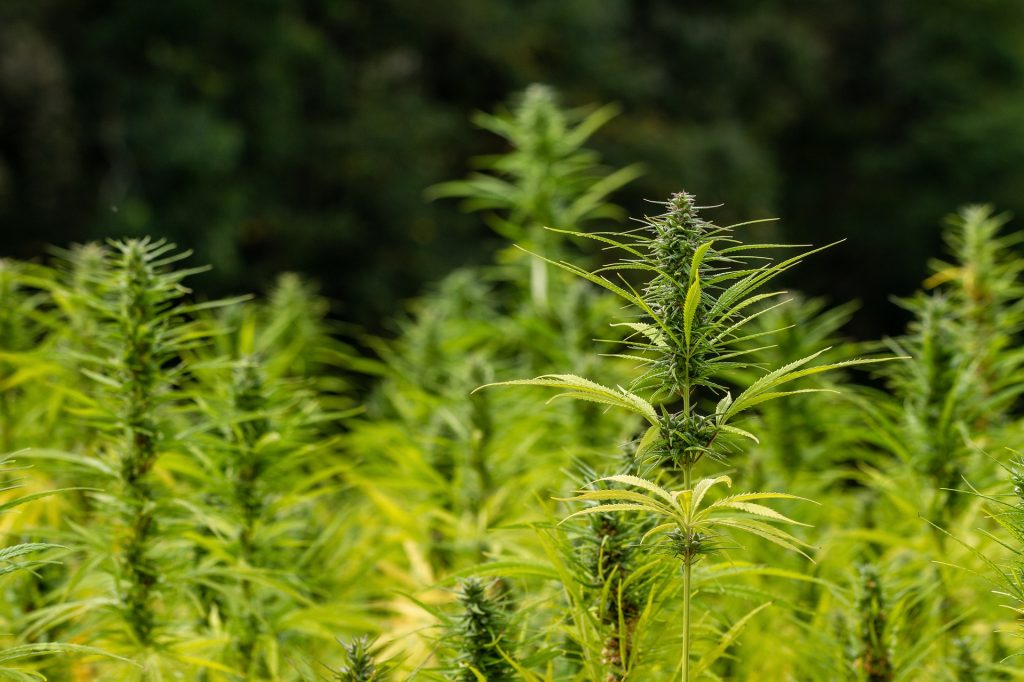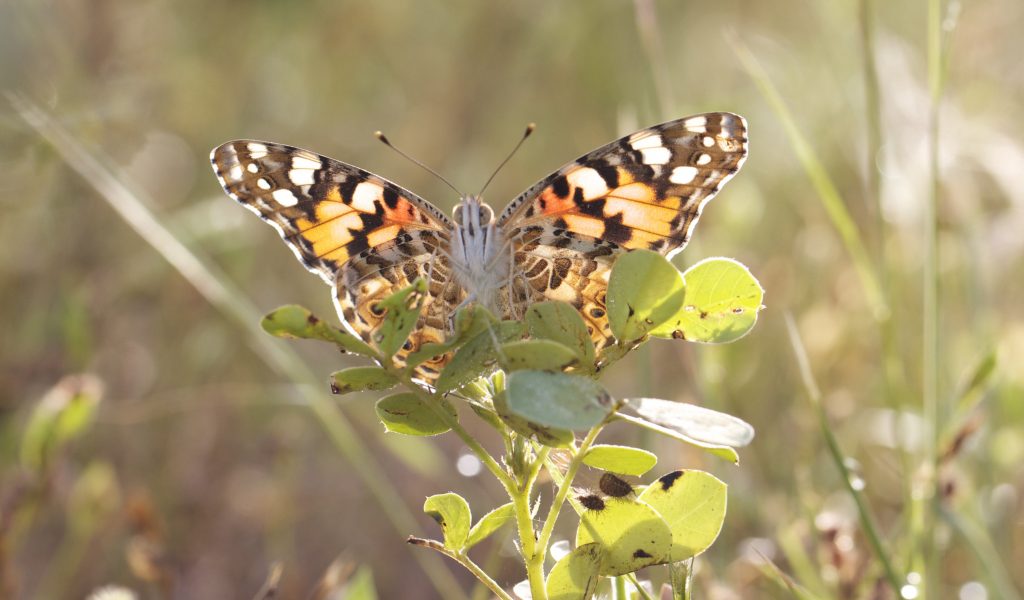New method predicts the genetic identity of Cannabis from its leaves
• It allows a comprehensive study of the whole leaf and, based on its shape and characteristics, distinguishes the numerous varieties of Cannabis.
• The work, led by the Barcelona Botanical Institute and Michigan State University, overcomes the challenge of extreme variability in leaves, which had prevented the development of a similar method to date

Ampelography, the study of the shape of the leaves of the grapevine (Vitis vinifera L.), has historically been used to identify its varieties. This method is based on the study of the shape, size, vein structure and other morphological characteristics of the leaves to distinguish different vine varieties. Ampelography has been crucial in viticulture to catalogue the vast diversity of grape species and cultivars, ensuring accurate identification for cultivation, breeding and wine production purposes.
Something similar had been attempted to distinguish the numerous varieties of Cannabis – a versatile crop with a rich history, which has been used for traditional medicine, food and fibre production. Domesticated some 12,000 years ago in East Asia, it initially served multiple purposes before selective breeding for fibre and drug production began. Due to its ability to adapt and change according to environmental conditions, Cannabis plants can drastically alter their characteristics. Extensive use by humans over time has resulted in numerous cultivars and strains, complicating their taxonomic classification.
Now, a research published in New Phytologist presents a new method that allows the comprehensive analysis of whole leaf shape of Cannabis and, from the leaf shape, the genetic identification of the plant. The work has been directed by Manica Balant, researcher at the Botanical Institute of Barcelona (IBB), mixed centre of the CSIC and the Consortium of the Natural Science Museum of Barcelona (CMCNB), and Dr. Dan Chitwood of the Michigan State University (USA) and with the participation of Dr. Teresa Garnatje, Dr. Daniel Vitales and Dr. Oriane Hidalgo, all of them from the IBB (CSIC-CMCNB).
Until now, such studies have not been possible, which has prevented reliable cultivar classification. Unlike vines, Cannabis has leaves composed of a variable number of leaflets, which complicates the use of methods that rely on homologous points for shape measurement, such as geometric morphometry based on what are called ‘landmarks’, i.e. equivalent reference points between multiple leaves.

The reason is that during the development of the Cannabis plant, the number of leaflets changes. At the bottom of the stem, the leaves have one to three leaflets, rising to 11 to 13 leaflets at the top of the stem. Furthermore, the changes in the number of leaflets are not uniform between different plants. These developmental changes not only complicate the categorisation of varieties based on leaf shape, but also impede the use of traditional morphometric identification techniques.
The challenge of extreme leaf variability.
“Until now, the study of Cannabis leaves has been limited to studying only the central leaflets. Other researchers tried to apply a landmark-based method, but only analysed the central and distal leaflets, which are present in all leaves. This means we were missing a lot of information”, says Manica Balant, lead author of the study.
The novel method overcomes for the first time the challenge of the extreme variability of Cannabis leaves by transforming leaves with a variable number of leaflets into leaves with a standardised number of leaflets. This innovation allows the use of geometric morphometric analysis on Cannabis leaves despite variations in leaflet number.
“We have applied this method to more than 300 Cannabis leaves, and the results are very promising, achieving more than 73% accuracy in the identification of leaf samples in both cultivars and wild samples” explains Manica Balant, and concludes: “This new approach aims to be a valuable tool for future taxonomic studies, for cultivar recognition and, potentially, for studies investigating the identification of the sex and chemical content of Cannabis plants.”
Reference: Balant M, Garnatje T, Vitales D, Hidalgo O, Chitwood DH. 2024. Intra‐leaf modeling of Cannabis leaflet shape produces leaf models that predict genetic and developmental identities. New Phytologist: Preprint. http://doi.org/10.1111/nph.19817
















